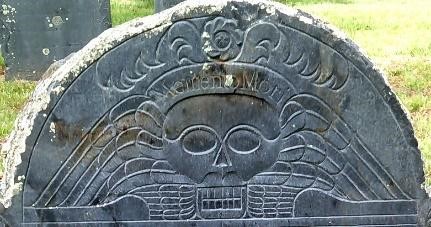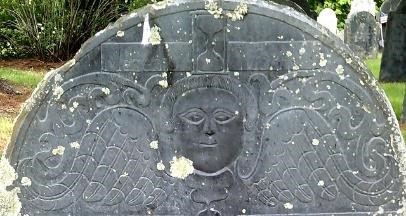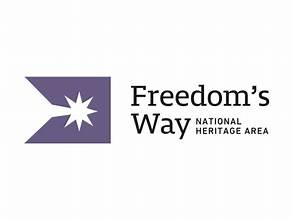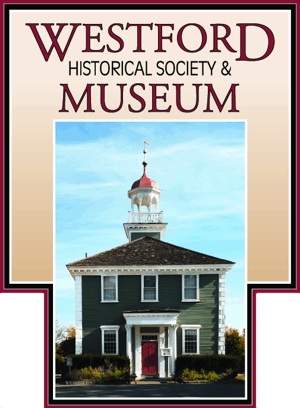Explore these exhibits for a self-guided online tour of Revolutionary War Patriots in Westford cemeteries. Click the button below to select one of the exhibits.
Click on the links below to resources for Westford Revolutionary Soldiers
- Westford Colonial Minutemen, Westford and the events of April 19, 1775.
- Minute Man National Park Services, April 19, 1775 general history.
- Internet Archives, Massachusetts Soldiers and Sailors of the Revolutionary War
(MSSRW) can be searched for free. Archive.org has all 17 volumes scanned but not necessarily in order) - More Westford Minutemen of the Revolutionary War (Blog)
- Hodgeman: History of the town of Westford, in the county of Middlesex, Massachusetts, 1659-1883
- Prescott: Patriots and Taxpayers of Colonial Westford Massachusetts 1774 (see below)
Early Cemetery Stones
The style sequence of death’s head, cherub, and urn and willow design is to be found in almost every cemetery in eastern Massachusetts. The death’s head, a graphic reminder of death and resurrection, was commonly used by the Puritans, and its decline corresponds to the decline of Puritan influence in social and religious affairs. Cherubs reflect stress on the resurrection, while death’s heads emphasize the mortality of man. The radical shift to the urn and willow design is usually accompanied by a change in stone shape; while earlier stones have a round-shouldered outline, the later stones have square shoulders. “Here lies the body of” is replaced by “In memory of” or “Sacred to the memory of.” “In memory of” is simply a memorial statement, and stones of this later type could logically be used as cenotaphs. The cultural changes accompanying the shift to urn and willow designs are seen in the rise of less emotional, more intellectual religions, such as Unitarianism and Methodism. They also parallel the Greek Revival in the U.S., which is also seen in architecture (Bob Oliphant 2013)

Cherub-heavenly reward.

Winged Skull-a reminder of our mortality

Weeping Willow-nature’s lament for the departed soul

